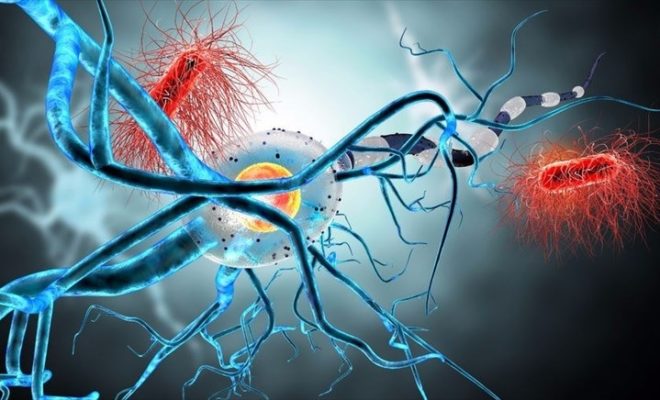What is Tourette syndrome and its causes?

Tourette’s syndrome is a severe and chronic form of multiple tics that recur irregularly and increase with stressful situations, which can cause social adaptation problems in the affected person.
Tourette syndrome is a neurological disorder that pushes the sufferer to perform movements and sounds involuntarily without a specific goal, repeated irregularly, and increases with stressful situations. Gilles de la Tourette’s disease is considered to be a severe and chronic form of multiple tics.
The first symptoms of Tourette syndrome usually appear between seven and ten years of age. Its intensity is highly variable, even in the same patient, since there may be periods with many tics, which are repeated frequently, and others that practically disappear. Boys are more likely than girls both to have the disease and to develop symptoms.
Tics can be classified as simple or complex:
- Simple tics: these are brief, unforeseen movements that involve a limited number of muscle groups. Although they occur in isolation, they often recur. Some examples are: blinking, shaking the head, shrugging, frowning, sucking air loudly through the nose.
- Complex tics: these are coordinated and successive movements that involve various muscle groups, such as jumping, kicking, touching, and sniffing people and objects, coprolalia (involuntary use of obscene words), and so on.
Causes of Tourette syndrome
The cause of Tourette syndrome is not currently known. However, it is believed that it may be related to problems in some areas of the brain and alterations in the chemicals ( serotonin, dopamine, and norepinephrine) that facilitate communication between neurons.
It is known that this disorder is hereditary and that a person with the syndrome has a 50% chance of transmitting it to one of their children. However, inheriting the genetic predisposition does not mean suffering from all the symptoms of the disease. The affected child or children may have a series of mild tics, obsessive-compulsive behavior, and attention deficits without tics or may not even develop any noticeable symptoms.
Genetic inheritance cannot be demonstrated in some cases, and the disorder is considered to have an unknown origin.
Tourette syndrome symptoms
Tourette syndrome develops during the first two decades of life, and within the same family, there can be a lot of variability in the expression of the disease.
Generally, the first manifestation of the disorder is a facial tic, and each patient typically has a limited repertoire of tics, which is why they continuously repeat the same.
Over time, patients present multiple motor tics that are highly variable, both in expression and duration. They range from blinks or facial grimaces to emitting guttural sounds, throat clearing and loud and repetitive inhalation of air, kicking, contractions of the belly or chest, jerking and twisting neck, and shrugging of the shoulders.
The unpleasant sensations that these patients may feel in some areas of the body, such as itching, tingling, pressure, have been called sensitive tics.
The verbal tics include echolalia (repeating what they hear) and coprolalia (involuntary use of obscene words). They also spit or present copromimia (making insulting gestures).
The intensity and frequency of the tics can worsen or improve throughout the day and varies over time, but the disease usually improves after adolescence, which is the worst time (mainly due to conduct disorders); thus, the frequency of severe tics and coprolalia tends to decrease in adulthood.
Patients with Tourette syndrome have average intelligence but may have learning difficulties during childhood due to tics or disorders associated with this disease, such as obsessive-compulsive disorder or attention deficit hyperactivity disorder. (ADHD). They may also present behavioral changes (aggressiveness, social isolation) and sleep patterns, impulse control problems, depression, and anxiety.
Sometimes those affected by the syndrome can inhibit tics for periods. Still, in the end, they reappear involuntarily and, usually, with greater intensity, so the people around them must understand their problem and behave normally when tics occur. Some patients have very mild symptoms that do not require treatment. In some cases, the tics disappear entirely over time, but the majority have relapses.








